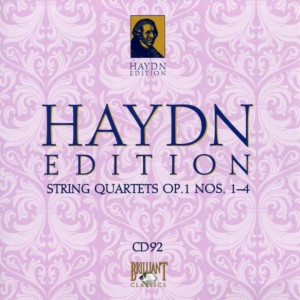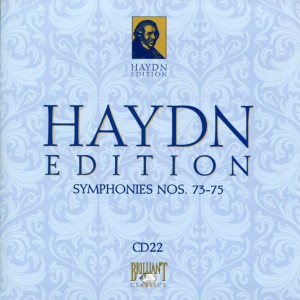 What interests me most about today’s string quartets is that Haydn was just 30 to 32 years of age when he composed them.
What interests me most about today’s string quartets is that Haydn was just 30 to 32 years of age when he composed them.
They were the first string quartets he wrote.
Will I hear a freshman string quartet writer? Will I hear compositions that lack confidence, seem tentative?
Or will these be like everything else I’ve heard to date – masterful?
Time – precisely 69 minutes and 22 seconds – will tell.
As I note in the quotations below, these string quartets were composed with five movements each.
Haydn String Quartet Op. 1 No. 1 in B Flat (for some reason, nicknamed “La Chasse”)
Overall impressions: Movement I began slowly and stately. No real surprises. Movement II (“Minuet – Minuet secondo”) featured an unexpected pizzicato at about the 1:42 mark, right in the middle of the movement until about 2/3 of the way into it (around the 3:00 minute). Then it totally becomes the string quartet version of Haydn Symphony No. 73 in D “La Chasse” that I wrote about on October 22nd, right down to the aforementioned pizzicato portions.
This is interesting. I just realized that Haydn’s Symphony No. 73 in D was written in 1782. Haydn was 50. Yet, his String Quartet Op. 1 No. 1 was composed in 1762 when he was 30. So the string quartet preceded the symphony by two decades. I thought it was Continue reading

